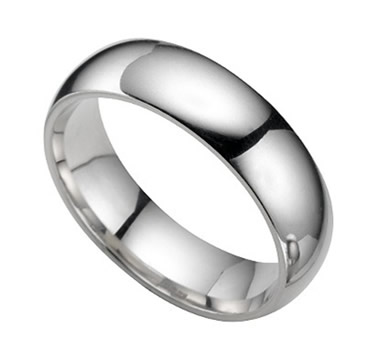Platinum
Platinum, its name is derived from the Spanish term platina del Pinto, which is literally translated into “little silver of the Pinto River.” It is a dense, malleable, ductile, precious, gray-white transition metal.
Although the modern history of platinum only begins in the 18th century, platinum has been found in objects dating from 700 BC, in particular the famous Casket of Thebes (see image). This little box is decorated with hieroglyphics in gold, silver and an alloy of the platinum group metals. Platinum is a rare, scarce and costly metal and it shows certain properties which make it unique. The specific chemical and physical properties of this metal are of essential use for many different applications. Platinum is known as the environmental metal.
As a matter of fact, approximately 20% of the goods manufactured in the world contain platinum or are produced using platinum. For the Spanish Conquistadors of the 16th century, platinum was a nuisance. While panning for gold in New Granada they were puzzled by some white metal nuggets which were mixed with the nuggets of gold and which were difficult to separate. The Spanish called this metal Platina, a diminutive of Plata, the Spanish word for silver.
Some thought that the platinum was a sort of unripe gold, so that for many years it had no value except as a means of counterfeiting. In the 18th century platinum was a tough challenge to European scientists trying to understand and use the metal. Their difficulties came from the very properties which make platinum suitable for so many applications, such as its high melting point and its great resistance to corrosion. The problems were compounded by the other metals of the platinum group, which were present in raw platinum in varying quantities.
In 1751, a Swedish researcher named Sheffer succeeded in melting platinum by adding arsenic to it. He also recognised platinum as a new element. In 1782, Lavoisier achieved the first true melting of platinum using oxygen, which had recently been discovered; even so, it was another 25 years before commercial quantities of platinum could be produced by this method. During this period, platinum was used for the decoration of porcelain as well as for making laboratory ware and ornaments.
During 1802, Wollaston and Tennant developed refining of platinum and discovered palladium, followed in 1804 by rhodium, iridium and osmium. Meanwhile Wollaston perfected a method of producing malleable platinum. Grove studied the catalytic properties of platinum and in 1842 devised the very first fuel cell using platinum electrodes. In England, Percival Norton Johnson began work on refining the platinum group metals. He took as his apprentice in 1838 George Matthey, and this collaboration gave birth to the partnership of Johnson and Matthey in 1851. The two men perfected the techniques of separation and refining of platinum group metals and the melting and casting of pure and homogeneous ingots. Matthey went on to create the standard metre in platinum and iridium, at the request of the French Academy of Science, in 1879.
Platinum mine production has grown continuously since the Second World War in response to the development of new applications. One of the principal new uses of platinum was in the petroleum industry, where platinum catalysts were introduced to increase the octane rating of gasoline and to manufacture important primary feedstocks for the growing plastics industry.
During the 1960s, demand for platinum in jewellery experienced a spectacular rise in Japan, appealing to the Japanese public by virtue of its purity, colour, prestige and value. Platinum jewellery later succeeded in penetrating other markets – in Germany in the 1970s, Switzerland and Italy in the 1980s and the United Kingdom, the USA and China – today the world’s biggest single market for platinum jewellery – in the 1990s.
By the 1990s, platinum was growing in use as a medical treatment against certain forms of cancer and the same decade saw a multiplication in the uses of machined platinum alloy components (as seen right) to treat cardiac and other disease.
